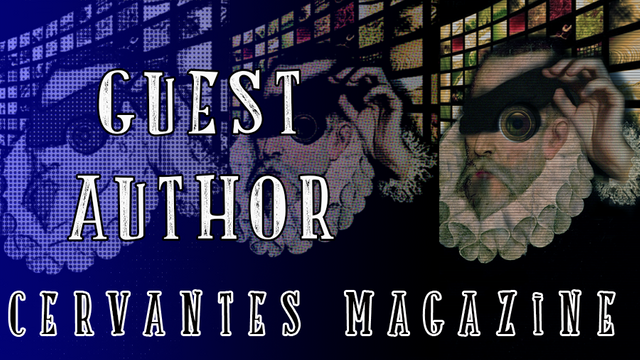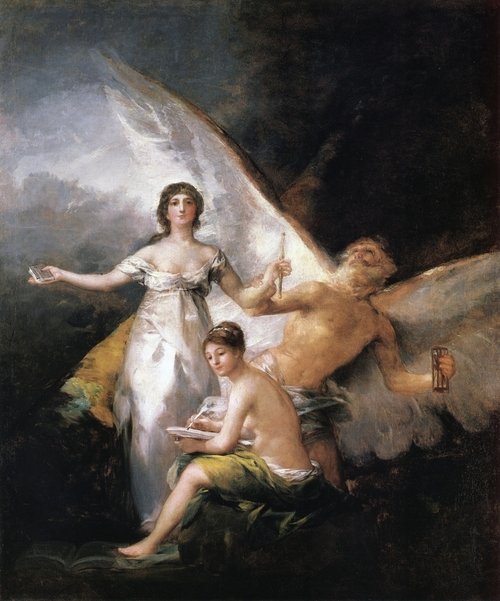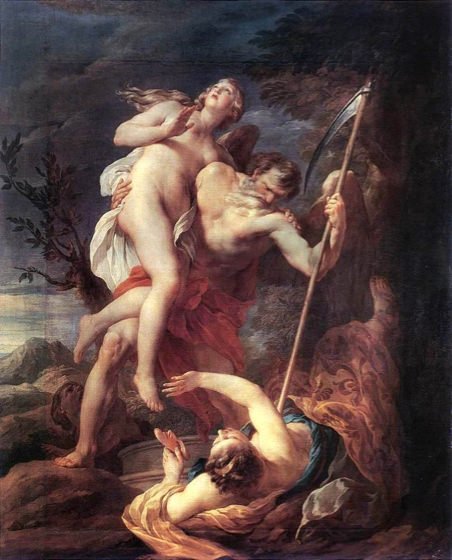Cervantes Magazine Number 22: Guest Author

Truth in other people's conceptions, we could find thousands of concepts or definitions about this and one of them tells us that it is to be certain of something or to assure that it is so. Focusing more on the artistic field, especially on historical paintings, we find that the truth is simply perception of being (similar to reality), or a personal perspective, that is, what is true for an individual is not the same for another.

Truth is a paradigm that each individual has in itself, such as a person observing a leaf and saying that it is only green, when another sees more colors in it. That is the point where it is, at the same time, accompanied by reality, because truth is a perception of the reality that each of us possess, as we can call it "our absolute truth", it is very much ours and we rarely are comfortable when someone comes to change that "absolute truth". This is one of the laws of human behavior. And, of course, it is applied in the branch of plastic arts, since the painter itself paints its truth whether it is well or badly received. It Paints a personal opinion about something which, for itself, is all its truth.
Numerous painters around history have embodied “the truth” in their works as one of the issues that should be more important in society, because although it is true that the human being perhaps out of fear or obligation, in many moments of its life , will resort to lies, the painters have been commissioned to portray them as the strongest weapon that the human being should have in a battle and although the painter can only capture his own truth, he can spread his way of thinking to someone who admire his work.

"Time, Truth and History"
In the work of the great Francisco de Goya entitled "Time, Truth and History", made between 1797 and 1800, a very interesting scene is represented about the process of time and the importance of truth in history. One of the interpretations observed in the painting is that the female figure, by which the truth is represented, carries a scepter, as a way of telling us that the Truth must always reign over everything and shape history, which will always be accompanied by the very truth, because history must be true. For Goya the truth is pure and sincere, which leads to think that those truths will be tested in time.

"Time Saving Truth from Falsehood and Envy"
This subject also includes other branches such as honesty, good faith and even falsehood that is the great alter ego of truth, on these there is a work by the French painter François Lemoyne entitled "Time Saving Truth from Falsehood and Envy". This painting portrays the representation of time as a powerful man saving the truth represented by a beautiful lady, of that ill called "falsehood", it is a living example where we can be clear that there is no better protection for the truth than time itself.
We conclude that truth must have clear bases, in painting an artist paints his personal truth and can be well received or not, because it is clear that the truth will always be the subject of more investigation and debate since, each one of us has our own as well as a global one, but yes, always be clear that the truth reigns before the lie.
"Believe those who seek the truth, doubt those who have found it." (André Gide)
Jesús Oropeza
[Return to Home page]
